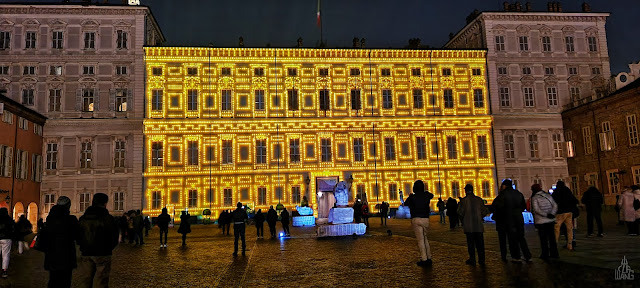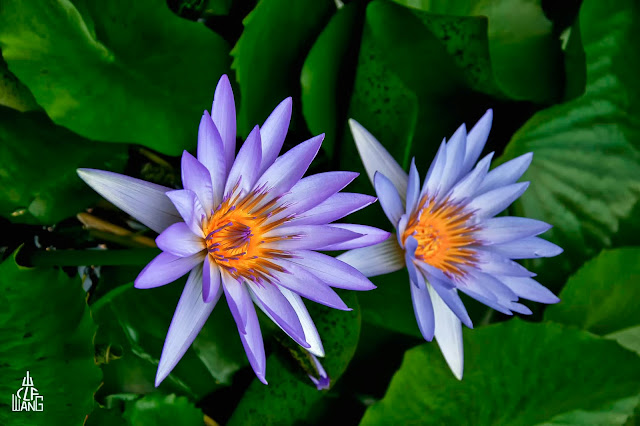There are a few places in Torino that provide a view of the city center from a higher level, places like the top of La Mole and from the high level of the grattacielo San Paolo, although provide a magnificent panorama view of the city, but they come with a extra cost. Whereas, places like the Mont dei Cappucini and Superga are a bit far and needs to do some extra walking. From the above mentioned places the view is great and far, is marvellous, especially on a fine, clear day.
View From Top Of La Mole
View From the 35th Floor of The Grattacielo Intesa Sanpaolo
View From Superga Hill
View From Mont Dei Cappucini
To get a more closer view but from a higher point in the center, there are some public places one can visit and go for the view.
One is up the tower of the Palazzo Madama, which has a lift to get you up to the top and it is situated right in the center of Piazza Castello.
View From The Tower Of Palazzo Madama
The another one is the bell tower beside the Duomo which is accessible from the Museo Diocesano, it has no lift to bring you up but only 210 steps to climb till you get to the top, 210 small steps and it is worth the trouble just for the interesting view.
View From The Bell Tower - La Torre Campanaria










































